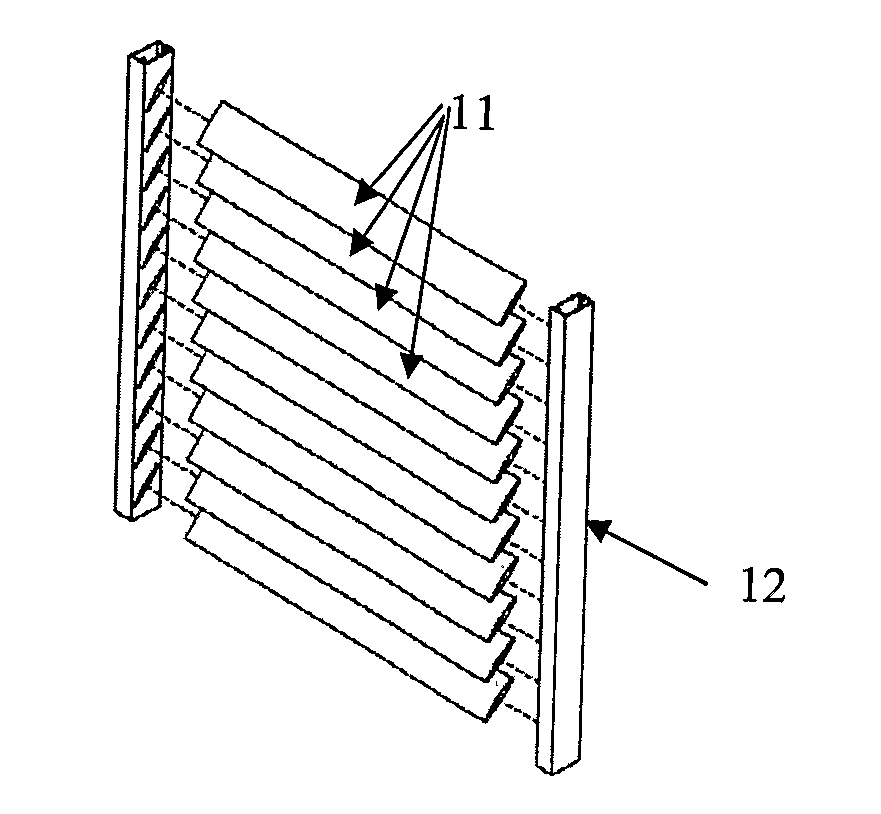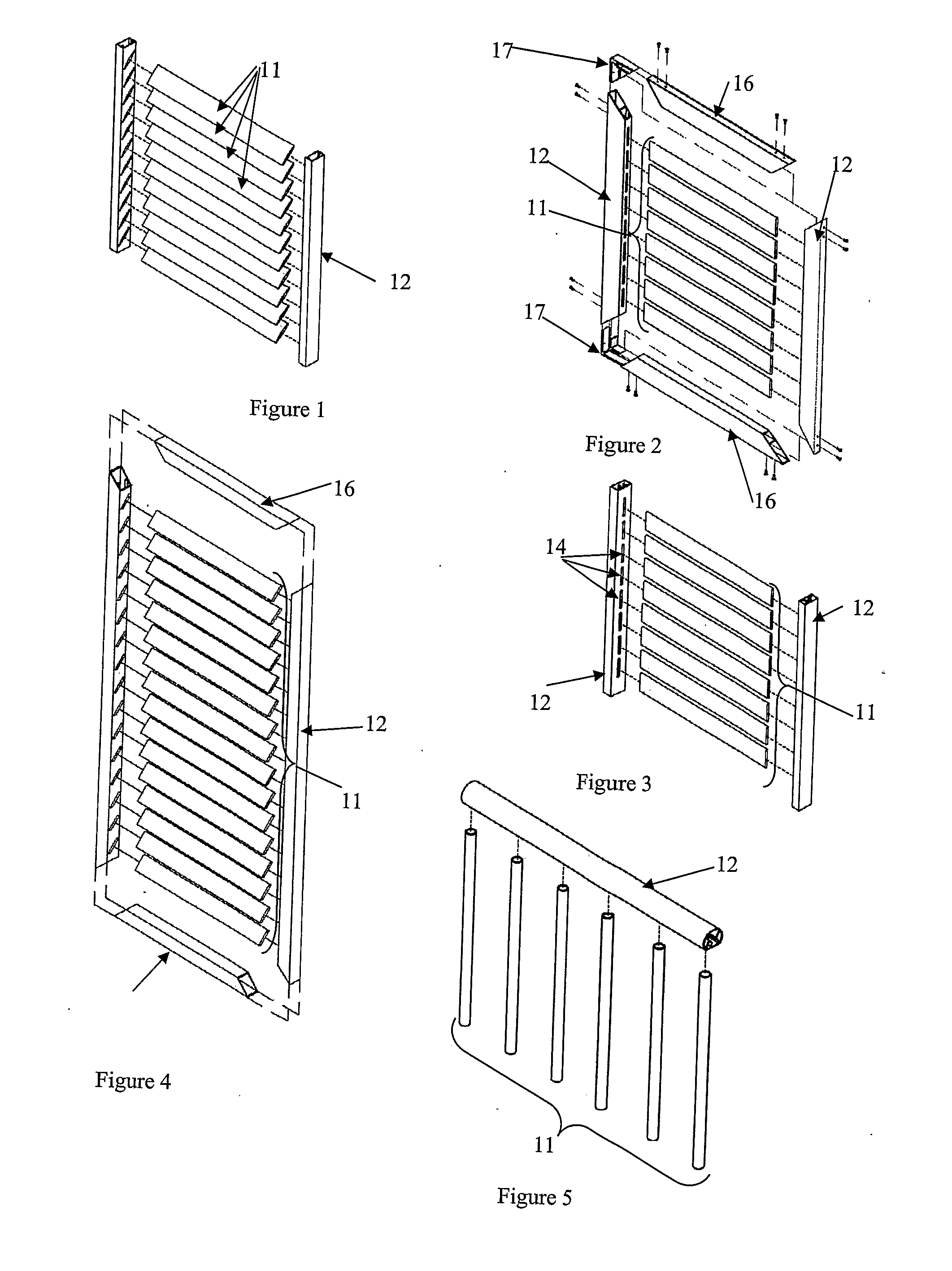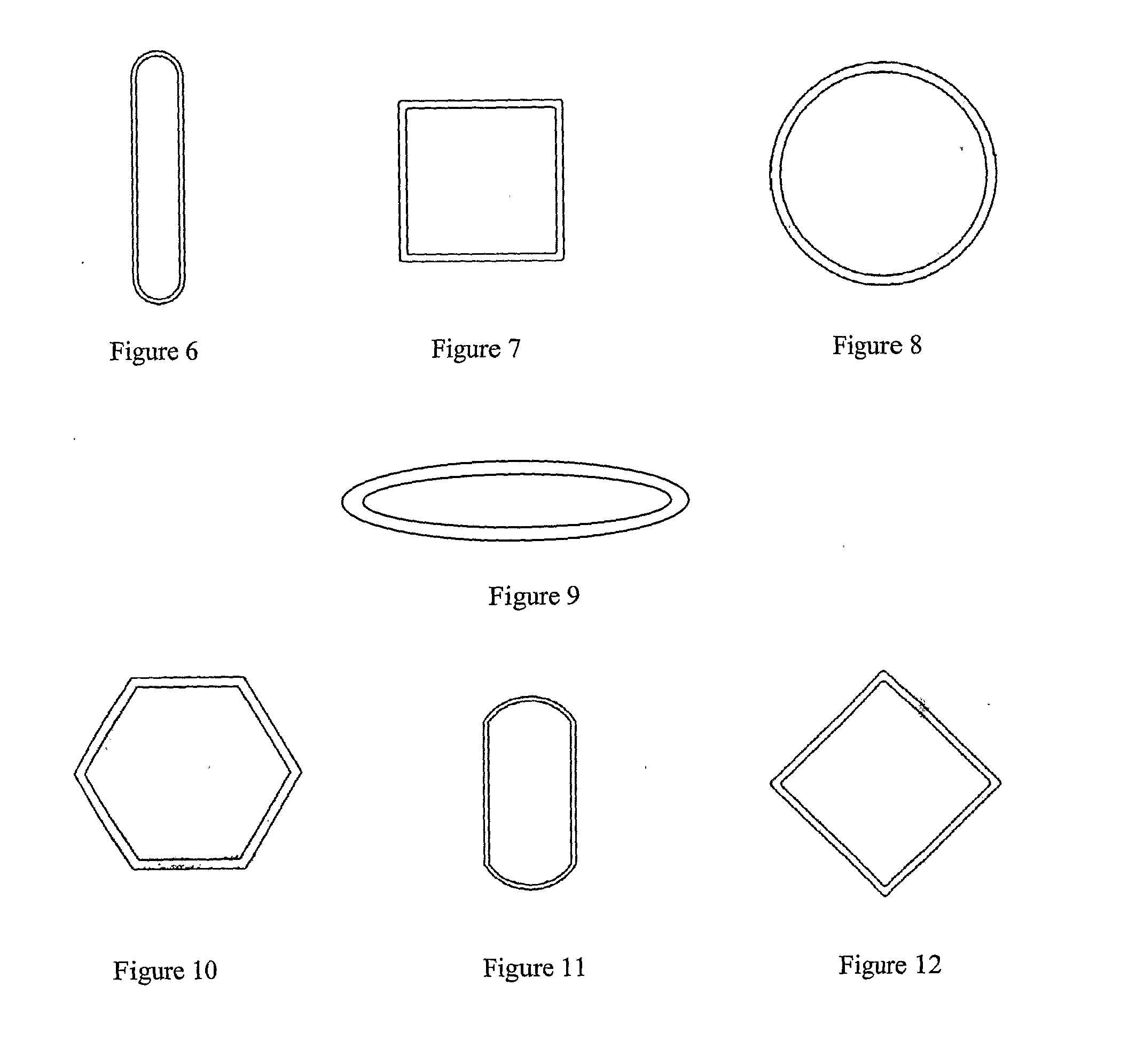Panel
a panel and panel technology, applied in the field of panels, can solve the problems of weakening the panel structure, difficult to apply rebates to metal, and generally only working well,
- Summary
- Abstract
- Description
- Claims
- Application Information
AI Technical Summary
Benefits of technology
Problems solved by technology
Method used
Image
Examples
Embodiment Construction
[0073]According to a preferred embodiment, a panel is provided.
[0074]As illustrated in FIGS. 1 to 5 in particular, the panel 10 includes a plurality of first members 11 disposed in a first direction, and at least one second member 12 disposed in a second direction. The general configuration of members is illustrated in FIGS. 1 to 5 and although the first members 11 illustrated are oriented horizontally and the second members 12 vertically, it is of course anticipated that the members may be oriented in directions different to these.
[0075]The at least one second member 12 of the illustrated embodiments are hollow with a longitudinal opening 13 extending through the second member 12, a plurality of lateral openings 14 intersecting the longitudinal opening 13 to receive a portion of respective first members 11, and at least one locking member 15 provided adjacent each lateral opening 14 to abut a first member 11 forced into the lateral opening 14, to lock the first member 11 relative t...
PUM
 Login to View More
Login to View More Abstract
Description
Claims
Application Information
 Login to View More
Login to View More - R&D
- Intellectual Property
- Life Sciences
- Materials
- Tech Scout
- Unparalleled Data Quality
- Higher Quality Content
- 60% Fewer Hallucinations
Browse by: Latest US Patents, China's latest patents, Technical Efficacy Thesaurus, Application Domain, Technology Topic, Popular Technical Reports.
© 2025 PatSnap. All rights reserved.Legal|Privacy policy|Modern Slavery Act Transparency Statement|Sitemap|About US| Contact US: help@patsnap.com



